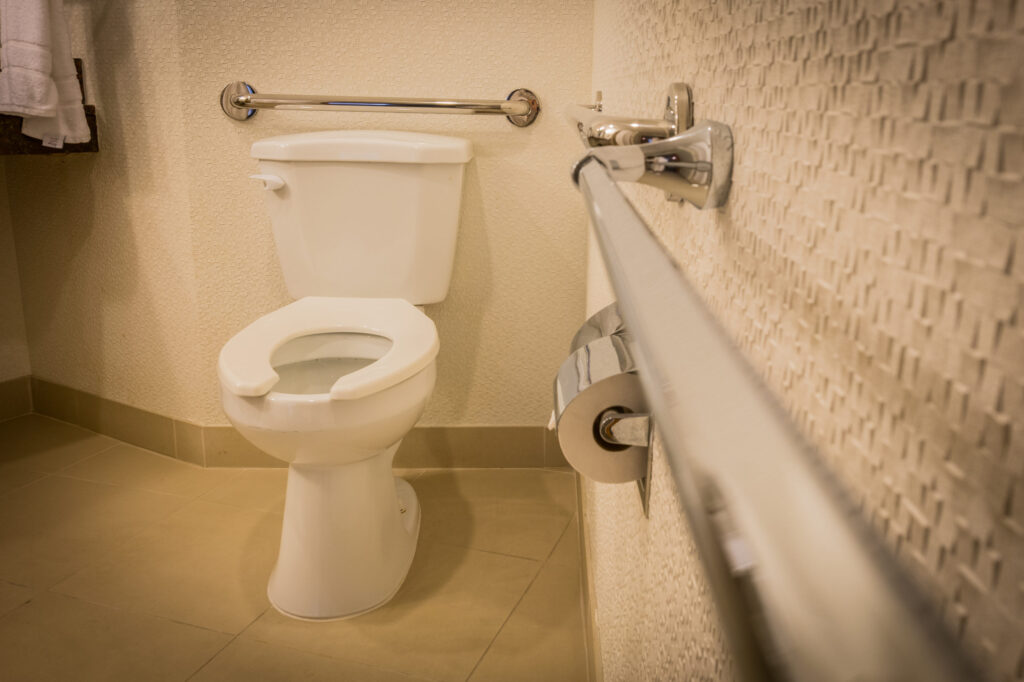
Depending on where you live, the accessibility, frequency, and sanitary quality of local public restrooms wildly vary.
In the United Kingdom for example, it speaks to a specific lack of both care and understanding, that local authorities do not invest in accessible and clean public WCs, where not only are public toilets perceived as a symbol of the UK’s deteriorating and underfunded public infrastructure, but demonstrative of the lack of respect that we have as a nation towards cleaners, who are often the most low-paid workers in society.
Despite being one of the most basic of human needs, the Public Toilet Index, a study by British Company Q Supplies, identified that the UK offers only fifteen public restroom facilities per one hundred thousand people. This falls massively short of countries such as Australia, with thirty-seven, and the world leader Iceland, with fifty-six.
In Japan, cleaners are well-respected (and compensated) for their public service, with Tokyo often being cited as the world leader in terms of cleanliness. Additionally, cleaner overalls are even designed by well-known fashion brands, and some of the most innovative public facilities, such as Architect Shigeru Ban’s toilet design integrate panels of color glass that become non-transparent when in use.
Meanwhile, in Norway – local architects are refurbishing roadside restrooms into literal tourist destinations in which restrooms are strategically placed to integrate the impressive local scenery into the design, which supports tourism and actively encourages usage. Compare this to the public attitude in the UK, where the design (or lack thereof) encourages us to perceive public restrooms as a last-minute necessity rather than something halfway desirable.
In both cases mentioned, the accessible features that we, as access auditors encourage, are standardized, including lever style and/or automatic taps placed at varying heights, handrails placed within reaching distance from the toilet pan and sink, color contrasted amenities, cord alarms, as well as new innovative ideas that push beyond the minimum requirement.
Despite the clear necessity for inclusive public restrooms, their absence is an often-cited issue when we deliver public accessibility consultations, with many counties offering very few facilities to none at all.
Broader investigative research has uncovered that many disabled people offer similar sentiments to those our team has met at consultations, with Research by the Royal Society for Public Health in the UK revealing that 43% of people with medical conditions who need to use the toilet frequently feel tied to a small area near their home because they fear they will not be able to access the facilities they need farther afield.
Direct Access can help authorities deliver accessible and inclusive restroom facilities by providing accessibility audits that identify areas for improvement, granting our clients the knowledge to not only comply with local laws, but receive the knowledge of world-leading best practice innovations.
Building on the Dubai Universal Design Code and the efforts by municipalities in Dubai to deliver Smart Toilets through the UAE, Direct Access delivered the first-ever Changing Places toilet in the Middle East at Expo City Dubai.
By incorporating a blue-sky thinking approach and our experience as a team of disabled people we can help you unlock the financial support of disabled people in your area, who offer significant spending power in the multi-millions but are let down by a lack of understanding for their specific access needs.